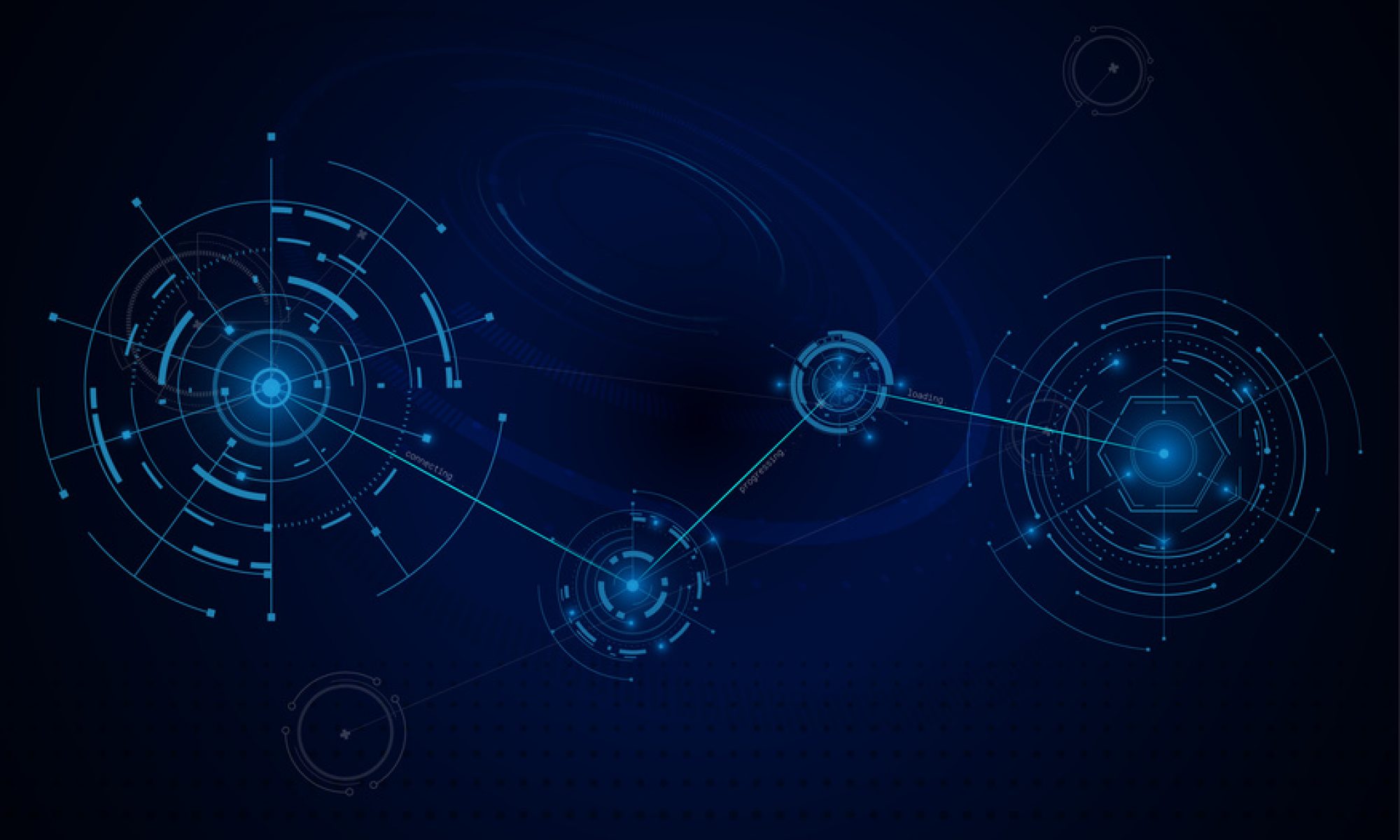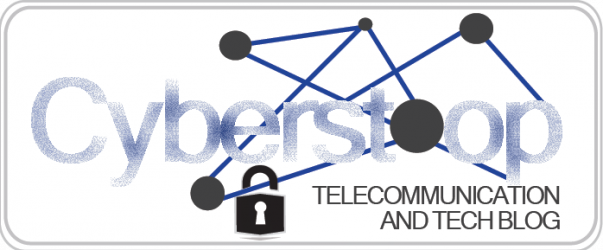This article aims to look at technology, physical connections, and part of the theory behind the interface so that you can make the right choice for the nature of your work.
All of this is changing very soon when Creative Labs (currently owning as a professional division E-MU Systems) is launching its Sound Blaster. It is AdLib-compliant, but at the same time it offers an 8-bit PCM channel that can play digitized samples, which revolutionizes the quality of gaming sound effects. The Sound Blaster also has a Game Port designed to plug in joysticks, but it can also be used as a MIDI port.
This makes it possible for sounds from the OPL Yamaha Sound Chip to be managed with a clamshell keypad. For the first time, the user can directly control the sound in the computer. The next Sound Blaster models bring 16 bit stereo sound, internal CD connections, wavetables, and finally: Sound recording, which gives your computer the chance to become a music engine.
In order to take advantage of the potential of your computer for sound processing, you first need to understand how the sound enters and exits the computer. Regardless of whether your music is fully electronically synthesized or you record live orchestra performance, you will always strive to achieve the highest possible sound quality, and the choice of sound interface is crucial in this case. For the musician who is exclusively engaged in computer-generated electronic music, the quality of the playback and responsiveness of the hardware is paramount. For the live recording artist, the number of available inputs / outputs and how to connect them are the first
WHAT IS AN INTERFACE?
Interface is a device that makes it possible to connect two or more other devices or types of devices. As an example, we can look at the MIDI interfaces that allow the connection of devices running MIDI data and a computer.
Audio interfaces are intended to be the input and output points of the sound in the computer. For the computer to understand the analogue sound, it must be translated into its binary language. This is done by measuring the values of the sound wave at precise intervals by which it is assigned a full value. This sampling is called sampling, and the sampling intervals. In order to create a reliable digital image of the sound wave, it has to be cast many times per second. For example, the standard sampling frequency for CD is 44.1 kHz, or 44,100 measurements per second. Another factor that matters is the range of whole values that can be attributed to the given model. 16 bits is a CD switch standard, and when it is described in binary values (2 To the power of 16), it can take values between 0 and 65 535. Once the analog signal is presented in digital form, the computer can use it Processing.
All digital devices, formats and systems process audio signals in numerical code or form. Digital form is an extremely precise way to express any information that is subject to measurement.
Creative Labs, however, has no ambitions in the music market and instead focuses on the gaming industry. Meanwhile, music engineers begin to play with the map and explore its possibilities as a sound generator, as well as to process digital audio recordings. Music technology companies such as Soundscape and Digidesign see the computer as a brain controlling the recording technology they have developed, but software companies such as Steinberg need to be included in the quest to get the idea off What the computer itself could do in the field of digital audio.

